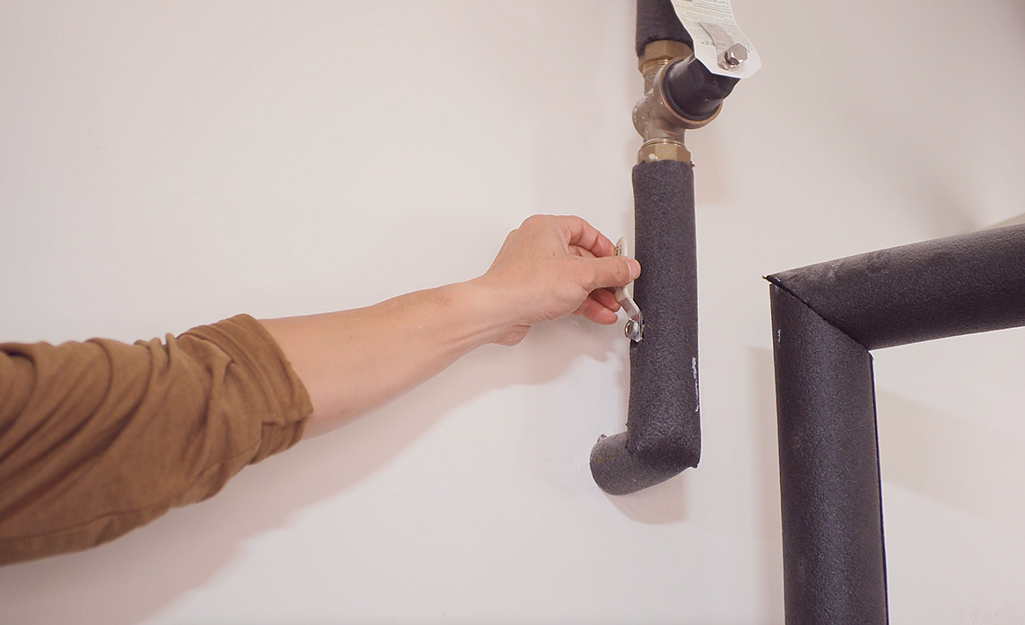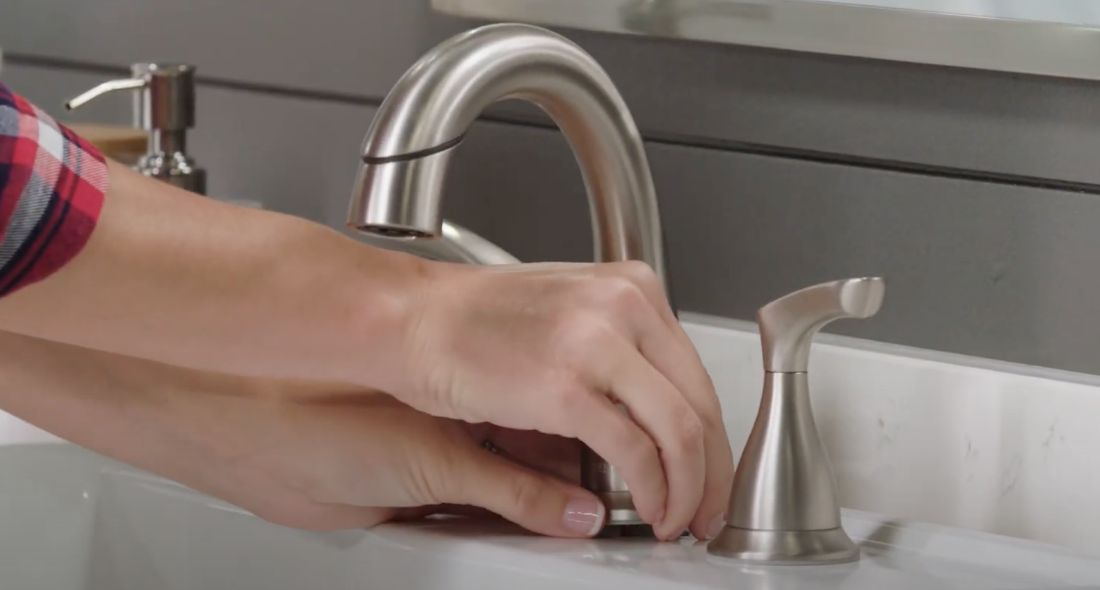Almost everyone may have their own individual piece of advice with regards to How to Fix a Dripping or Leaky Faucet .

Trickling taps might seem like a minor inconvenience, but their influence surpasses simply the annoyance of the noise. From drainage to incurring unnecessary financial expenses and wellness risks, disregarding a leaking tap can bring about numerous effects. In this article, we'll delve into why it's important to address this typical home problem immediately and successfully.
Waste of Water
Environmental Effect
Dripping faucets add substantially to water waste. According to the Environmental Protection Agency (EPA), a single tap trickling at one drip per second can squander more than 3,000 gallons of water each year. This not only strains water sources however also influences ecological communities and wild animals based on them.
Financial Costs
Boosted Water Bills
Past the environmental influence, leaking faucets can pump up water bills considerably. The accumulated wastage in time translates into greater energy costs, which might have been prevented with prompt fixings.
Possible Home Damage
Furthermore, prolonged dripping can bring about harm to components and surfaces surrounding the tap. Water build-up can trigger staining, deterioration, and also structural concerns if left neglected, leading to additional repair work prices.
Health and wellness Issues
Mold And Mildew and Mildew Growth
The continuous presence of dampness from a dripping tap creates a suitable atmosphere for mold and mildew and mildew development. These fungi not only compromise interior air quality however additionally position wellness risks, specifically for people with breathing problems or allergic reactions.
Waterborne Diseases
Stagnant water in leaking taps can come to be a breeding ground for bacteria and other microorganisms, increasing the risk of waterborne illness. Pollutants such as Legionella germs prosper in stationary water, possibly causing severe ailments when consumed or breathed in.
DIY vs. Professional Repair work
Pros and Cons of Do It Yourself Fixing
While some might attempt to fix a dripping tap themselves, DIY repairs feature their very own set of obstacles. Without proper understanding and devices, do it yourself attempts can exacerbate the issue or result in incomplete repair services, lengthening the trouble.
Advantages of Working With a Specialist Plumber
Working with a specialist plumber makes sure that the underlying root cause of the dripping tap is resolved properly. Plumbing professionals have the expertise and tools to detect and repair faucet concerns effectively, saving time and minimizing the threat of additional damage.
Step-by-Step Overview to Repairing a Dripping Faucet
Devices Called for
Prior to attempting to deal with a leaking faucet, collect the necessary devices, including a flexible wrench, screwdrivers, replacement components (such as washers or cartridges), and plumber's tape.
Typical Tap Issues and Their Solutions
Determine the type of tap and the specific problem creating the drip. Common issues consist of worn-out washers, rusty valve seats, or defective O-rings. Describe supplier instructions or online tutorials for step-by-step assistance on repair services.
Preventive Measures
Normal Maintenance Tips
To avoid trickling taps, perform routine maintenance such as cleaning up aerators, checking for leaks, and changing damaged parts immediately. Additionally, consider installing water-saving devices or updating to extra reliable components.
Value of Prompt Fixes
Attending to leaking faucets as quickly as they're seen stops additional water wastage and possible damages, ultimately conserving both water and cash in the long run.
Impact on Residential Or Commercial Property Worth
Understanding of Well-Maintained Home
Keeping a property in good condition, consisting of dealing with upkeep issues like leaking faucets, improves its regarded value and charm amongst prospective customers or tenants.
Influence on Resale Value
Qualities with well-maintained plumbing fixtures, consisting of taps, command higher resale values in the realty market. Attending to trickling faucets can contribute to a positive perception throughout building inspections and arrangements.
Ecological Duty
Specific Payment to Preservation
Taking duty for dealing with trickling taps straightens with wider initiatives toward water preservation and environmental sustainability. Every individual's actions jointly make a substantial effect on protecting precious resources.
Lasting Living Practices
By prioritizing prompt repairs and taking on water-saving routines, individuals add to sustainable living techniques that benefit both existing and future generations.
Final thought
Dealing with a trickling faucet surpasses simple convenience; it's a crucial step towards conserving water, lowering financial prices, and protecting health and residential or commercial property. Whether through DIY repair services or specialist aid, taking action to deal with trickling faucets is a small yet impactful means to advertise accountable stewardship of sources and contribute to a healthier, a lot more lasting future.
How to Fix a Dripping or Leaky Faucet
A leaking faucet is one of the most common problems that homeowners encounter, but it being commonplace doesn’t make it any less annoying. The constant drip drip drip of a leaking bathtub faucet, showerhead, or sink tap can disturb your home’s serenity. Left neglected, a dripping faucet can also result in higher water bills and discoloration or mold growth in your sink or plumbing fixtures.
Fortunately, you don’t have to be a trained plumber to know how to stop a dripping faucet. With some basic tools, replacement parts, and a little patience, leaky faucet repair is a breeze. In this article, we’ll explain what causes dripping faucets and how you can fix them.
What Causes a Leaking Faucet?
Kitchen and bathroom faucets come in all manner of designs, but most involve some combination of valves, O-rings, seals, and washers. The O-ring is usually the weakest link, but any one of these pieces can wear down over time. Heat, moisture, temperature fluctuations, minerals, mold, and movement can contribute to warping and corrosion, breaking the watertight seal. This just comes with the territory of being a homeowner. Everything is always subject to wear and tear, and some component parts of your appliances and fixtures need to be replaced on occasion. At least replacement O-rings are cheap!
More rarely, dripping faucets can be a symptom of excessively high water pressure. Were this the case in your home, you would probably notice that the leak is not isolated to one faucet. Water pressure issues are harder to resolve on your own. We recommend contacting a professional plumber if you suspect your water pressure is too high.
How to Fix a Dripping Faucet
Pipe wrench or monkey wrench Allen wrench set Screwdrivers Old towel or rag Shut off the water.
Before you do anything, you need to turn off the water to keep from drenching your kitchen or bathroom. You should find a valve under the sink and against the wall. Once you’ve turned this valve, try turning the faucet on to confirm that the water source has been cut off.
If you can’t locate your local valve for the faucet you’re working on, you can always shut off the water to the house at the main valve. Of course, this will prohibit anyone from using the sinks, showers, or toilets while you’re working on the faucet that’s giving you trouble.
Plug or block the drain.
You’ll be disassembling the faucet and removing some small bits of hardware. Plug the drain with a stopper or rag to avoid the possibility of a small screw falling into your P-trap.
Take apart the faucet assembly.
There are several varieties of kitchen and bathroom faucets, each with its own manner of assembly. For detailed instructions on how to disassemble your faucet, you can refer to the fixture’s manual or contact the manufacturer. If you know whether you have a ball, disc, cartridge, or compression faucet, you can find detailed schematics online.
In general, you need to begin by removing the faucet handles. You might notice a small screw that you’ll need to remove with a screwdriver or Allen wrench. If you don’t see any visible securing hardware, it’s likely hidden under a decorative cap that can be unscrewed or popped off with flathead screwdriver.
Remove each piece methodically, consulting a schematic when necessary. Take notes or arrange the pieces in such a way to make it easier to correctly reassemble the faucet later.
Remove the cartridge.
Once you’ve removed the handles and securing hardware, you should be able to remove the valve cartridge or stem. Some cartridges will slide right out. Other faucet models will require you to loosen a nut with a pipe wrench before you can remove the valve stem.
Examine the exposed hardware.
With the cartridge or stem removed, inspect the component parts. Check the rubber O-rings for wear and tear. Also examine the seat washer for corrosion or other damage. These pieces are usually the responsible parties for a dripping faucet, but it’s worth inspecting the other component parts while you have the faucet disassembled.
Find replacement parts.
Once you’ve identified which faucet component has failed, find an identical replacement. Your local hardware store should have O-rings, seat washers, and other standard components in stock. If you have a luxury or uncommon faucet, you may have to contact the manufacturer for a replacement part.
It’s a good idea to take your old parts with you to the hardware store so you can compare them with the store’s inventory and be sure you’re purchasing the correct replacement.
Reassemble the faucet.
With your new parts in hand, reconstruct the faucet and handles. Don’t be tempted to overtighten screws or nuts. You might think this could create a better seal, but it can instead damage or bend a delicate part of the assembly and create a new problem for you.
Turn on the water and test the faucet.
The only thing left to do is test your work. Unplug the sink, turn the water back on, and try the faucet. Congratulate yourself on a job well done!
https://www.libertyhomeguard.com/how-to-fix-a-dripping-or-leaky-faucet/

I came across that blog post about Should I Repair or Replace a Leaky Faucet? when doing a lookup on the search engines. If you liked our post kindly be sure to pass it around. I am grateful for being here. Please stop by our site back soon.